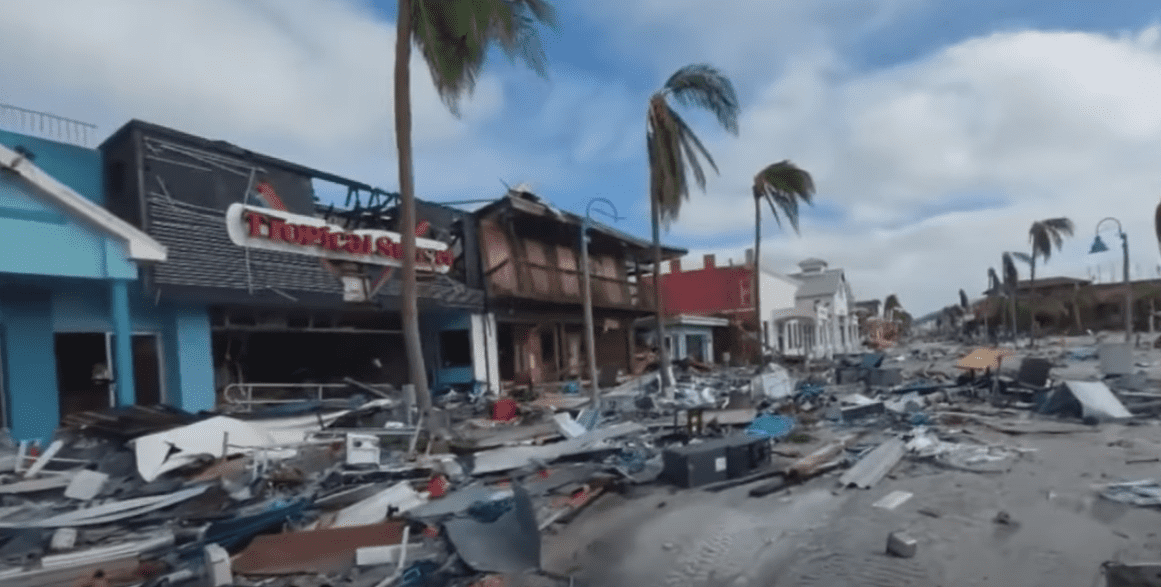
Last week’s Hurricane Ian has brought historic and catastrophic damage to Florida’s West Coast, and left its mark all the way across the state and up into the Carolinas.
Hurricane Ian brought with it some of the strongest wind speeds ever to ever hit the U.S., and the death toll one week later has topped 100.
Many of Florida’s West Coast resort destinations—popular spots for incentive groups—felt the brunt of the historic Category 4 storm, which had sustained winds of 150 mph when it made landfall near Cayo Costa, Fla. Initially hardest hit by the storm, which measured 500 miles across, were the barrier islands of Sanibel and Captiva. Images of Sanibel show an island in ruins—”unrecognizable” is the word being used. “This is going to be a very long recovery process,” Mayor Holly Smith told ABC News. “But right now, [the plan is] getting everybody off that island and to safety. It is not habitable.”
The Sanibel Causeway, which links the island to Fort Meyers, was destroyed, as was Matlacha Pass Bridge, which connects nearby Pine Island to Cape Coral. Nearby communities in Lee County were also devastated as the storm moved inland, most notably Fort Myers. Lee County Public Safety officials told ABC News this was the most damage they had ever seen from a storm, including the most damage they have seen at Fort Myers Beach.
In Collier County, parts of Naples and all of Marco Island were evacuated, and there was significant flooding in some locations—but both fared better than their neighbors to the north. Naples is where many popular resorts used by groups are located, including the Ritz-Carlton, Naples and Ritz-Carlton Golf Resorts, LaPlaya Beach Resort, Edgewater Beach Hotel and Naples Grande Beach Resort, and Marco Island is home to the JW Marriott Marco Island Beach Resort.
The storm moved north to Punta Gorda and Sarasota, where the Sarasota Bradenton International Airport was heavily damaged, before driving inland across much of the state. The havoc spread over the next couple of days as Ian moved inland, bringing historic flooding to cities like Orlando due to the amount of rain. As rivers rose, officials evacuated nearby Kissimmee in Osceola County. The East Coast was not spared either, with St. Augustine facing tropical storm winds that flooded roads and downed trees and power lines.
Ian, at that point a tropical storm, then regained strength to a Category 1 hurricane and slammed into South Carolina’s Pawleys Island—a long-time vacation community north of Charleston. The damage in that historic city was minimal, but it missed the worst of the storm by barely 25 miles.
The infrastructure remained intact throughout the 125-mile-long Florida Keys chain of islands, with reports from Key West of flooded and impassable roads due to the storm surge or fallen trees.
The State of Florida Disaster Fund is accepting donations here, or by texting “disaster” to 20222. Here’s a list of other ways to help.










